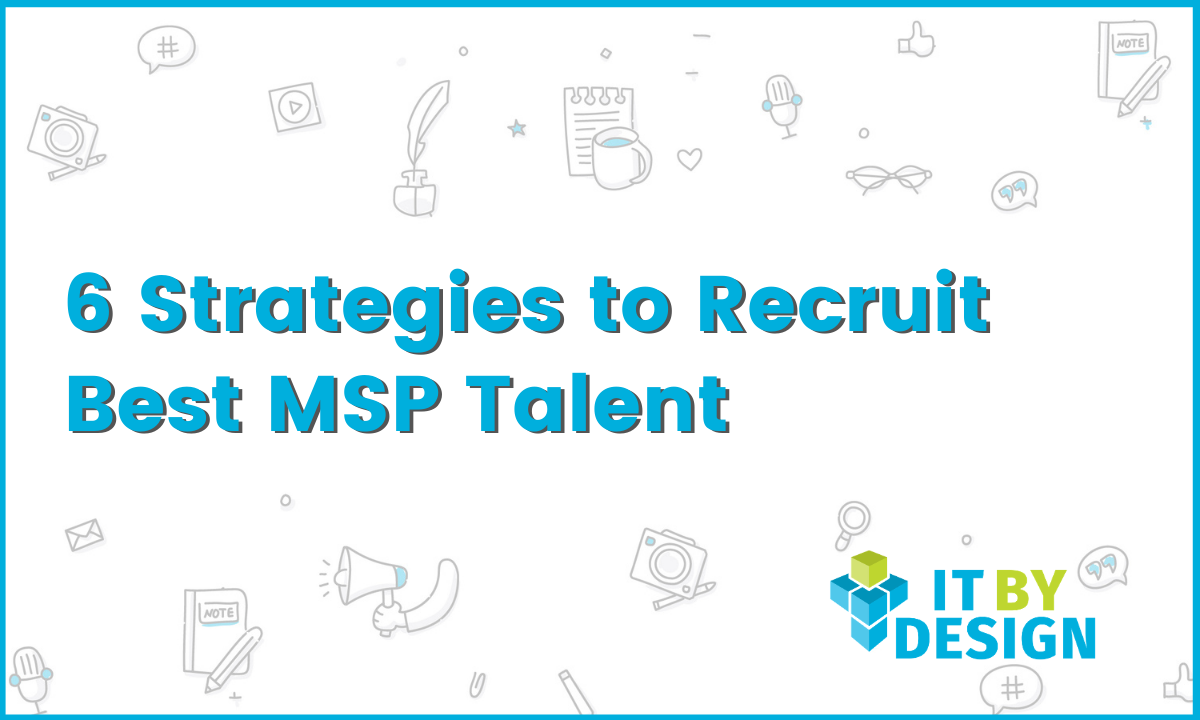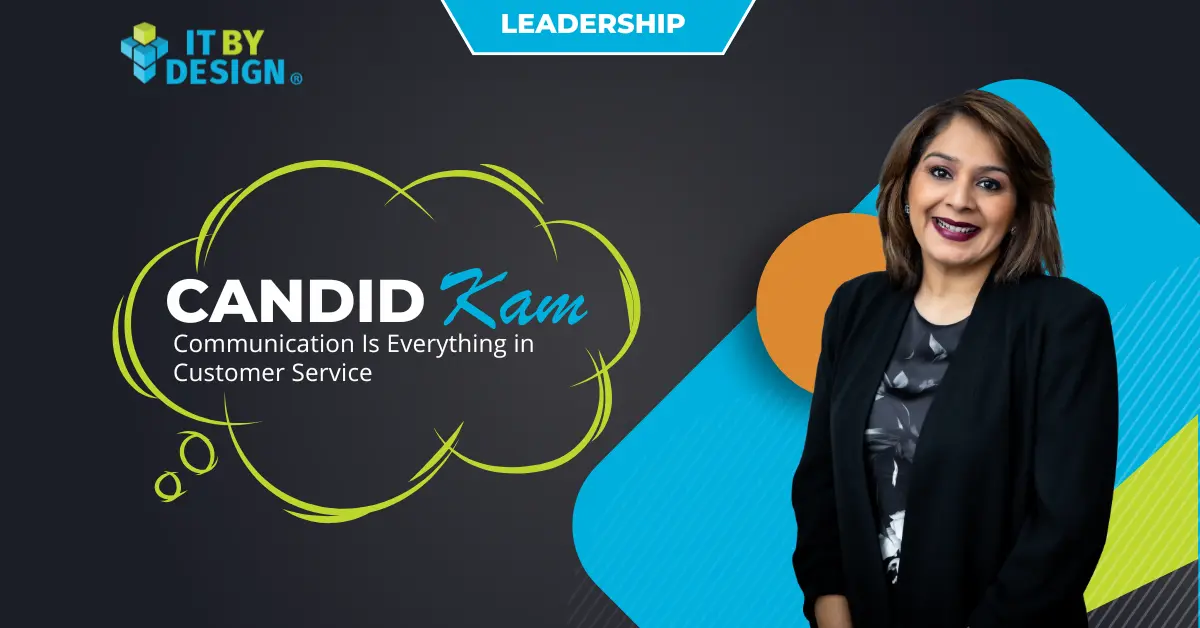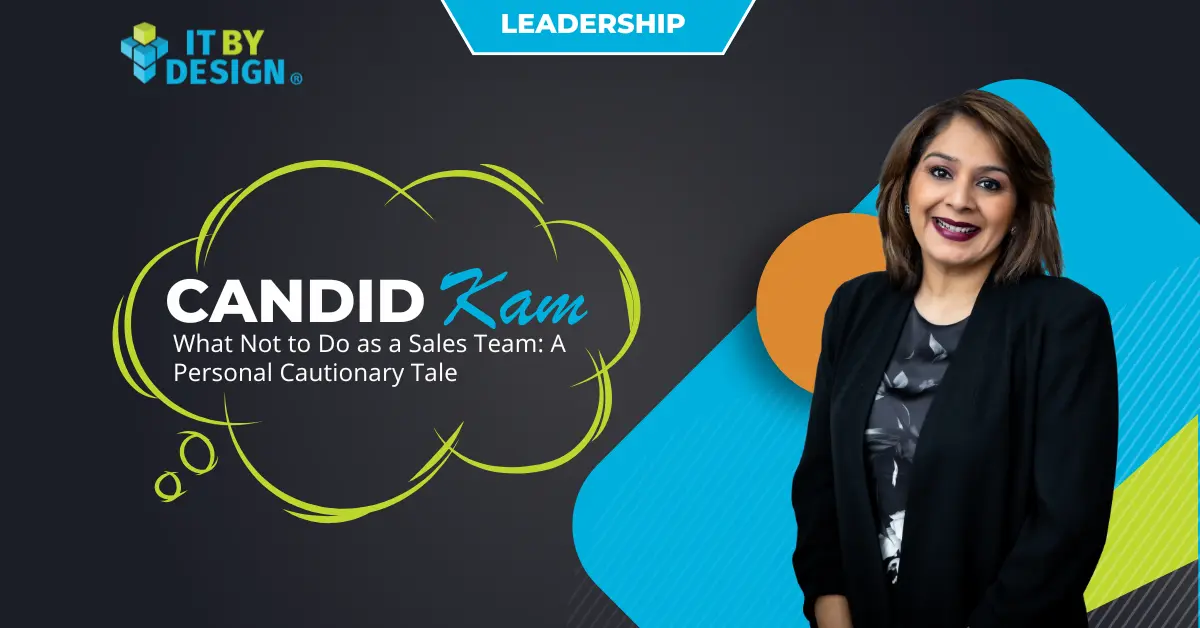For years, MSPs have used a wide range of options to hire top-notch talent. They have been either turning to tech recruiters who claim to know the magic of attracting the right candidates or building in-house recruiting teams to fill the roles they need. Either way, it is always challenging for MSPs to hire—from recruiting to relocating to finding the right tech skills. For a business rooted in people, finding the right talent goes beyond matching a technical skillset.
However, if you are willing to look outside the traditional hiring bubble and reach out to candidates who can add value to your MSP, you can turn the tedious job of hiring tech talent into a fruitful, fulfilling experience.
Create an ideal candidate “persona”
Just like buyer “personas” play a critical role in shaping customer engagement programs, building an ideal candidate “persona” is essential for your MSP to understand the needs of your business model before you start the hiring process. Doing so will help you have a clear idea of what you should seek in your ideal candidate for each specific role, and accordingly filter, curate, and shortlist the right people.
Once you feel you’ve got a clear picture of the talent you want to woo, think of what and how you are going to convey your employee value propositions (EVP) to them. To put your different EVPs in the right order, always:
- Ask your recent hires why they chose you. You will be surprised how often the benefits you take for granted and don’t mention in job descriptions may be the reason that high-performing tech professionals choose your company.
- Keep up with the latest research and data-driven insights into tech talent trends and needs and compare your EVP to those trends to highlight the “popular” points
Scout for talent in the right places
Target places such as online tech forums where MSP professionals interact with each other and thought-leaders for knowledge sharing. Make the most of LinkedIn by asking your contacts to introduce you to someone they happily worked within prior roles. You can always leverage your existing employee base to scout for new talent. Structured employee referral programs can be a great way for you to attract trustworthy talent.
Speak their language
What you don’t want to do is contact a talented NOC engineer with a generic email or an uninspiring job description. Most of the time, the best talent isn’t actively looking for a job. Personalized emails are a great strategy for attracting such passive candidates.
While writing your job ads and job descriptions, make your employee value proposition more than just money. If required, revamp all job descriptions to invoke a sense of fun and excitement for the applicant. Be sure to:
- Use the proper, self-explanatory job title.
- Be clear about the skills and experience you are looking for. Speak the language of an ideal candidate as you accurately paint a picture of what the position entails.
- Provide a link or QR code for the applicants to learn more about the job and direct them to your company’s careers page.
- Tell your business story through a boilerplate at the bottom. This is a compelling way to talk about your company’s goals, vision, and culture.
- Mention the benefits and perks your MSP offers.
Get creative with your skills challenges
Before you invite candidates for the final round of discussion, be sure to check their tech competency and innovation instincts. Think about hosting a live hackathon during each career fair you host as a first step to evaluating their technology skills and problem-solving aptitude. Give them a task during the interview stage that challenges them to jump in—even if they aren’t sure they have the right skills. Make the challenge fun and try adding a bit of mystery with an element of surprise. One idea is to ask them to spot an issue in a client’s dummy IT environment.
Hire talent with the right attitude
Even the most talented people won’t create value for your business if they don’t align with your MSP culture. That’s where attitude plays a vital role. While screening and interviewing candidates, look for applicants whose core values and aspirations work well with those of your MSP business.
Many traits that define a “great” employee can’t be found on a resume. So, during interviews, try to understand what the candidate has accomplished in his or her last job. Do your best to gauge their customer-centricity and passion for learning by throwing questions that reveal the minutest details of their last project. Throughout the process, be intentional about adhering to your diversity and inclusion initiatives as well. Doing so will only help you build a strong, diverse team that won’t fall into the trap of “groupthink.”
Provide a great applicant experience
Most MSPs work really hard to attract top tech talent. Once they finally select a candidate, they think that they have nailed the hard part. Getting top-notch talent interested enough to attend job interviews is just half of the challenge, though.
To get top-tier IT talent to accept your job offer, you must first provide a great recruitment experience and sell the job. If you have a strong tracking system in place, put prospective employees into a nurturing email campaign that includes company news, blogs, “fun at work” videos, and podcasts. This will make them feel valued and appreciated and will ensure a good impression of your employer’s brand. Once they’ve accepted the offer, have an onboarding experience that anticipates their questions and provides the information, materials, and introductions they need for a positive first day—well in advance of that starting date. Don’t forget to have a process for checking in on new hires after they begin to ensure they are feeling welcomed and part of the community right away.
Final Thought: The continually changing tech landscape requires MSPs to be savvy and forward-thinking in who they hire. Finding tech talent requires a strong, focused recruitment strategy, which should include developing a process that reflects your MSP’s vision and brings out interviewees’ true skill sets.








